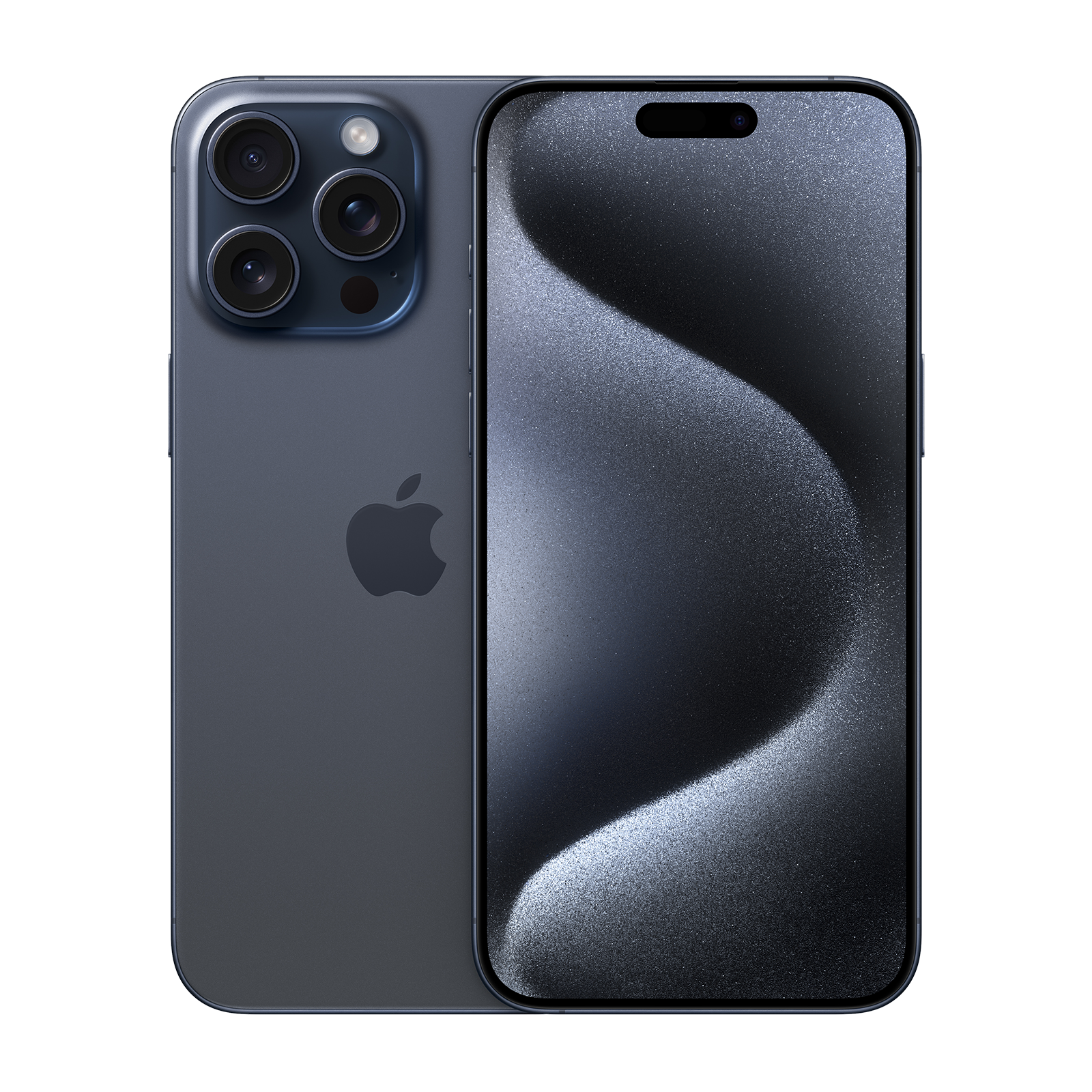You’ve probably heard the term “haptics” tossed around, especially when it comes to smartphones. But what does it really mean for your iPhone? “Haptics” refers to a technology that uses vibrations to give you a physical response when you tap or interact with your device, and is more than just the standard vibration you feel with regular phones.
Depending on your activity, haptic feedback can range from gentle to strong, and last for varying durations. Apple added haptics to iPhones to make user interactions more immersive and interactive. So, let’s break down what haptics on an iPhone mean and how it improves your user experience.
What are the haptics on an iPhone and what do they do?
So, what are haptics on an iPhone? Well, haptics is just a fancy word for touch feedback. However, instead of a simple vibration, haptics make every tap and touch on your phone more responsive. You’ll feel a small rumble when typing on the keyboard, or a subtle vibration when sending a work email. Haptics are split into three types, namely – system, touch, and sound.
ALSO READ: Here’s why you shouldn’t type “”:: on your iPhone
In a nutshell, system haptics give you tiny vibrations for everyday tasks, like using the Control Center or adjusting settings. Touch haptics improve your overall touchscreen interaction, activating when you press and hold icons on your home screen to delete apps or organise them into folders. Lastly, sound haptics trigger alongside specific sounds or notifications, such as text messages or likes on Instagram posts.
Product in focus

How to change haptic touch sensitivity on iPhones
Now that you know what haptics are, here’s how you can easily tweak them to suit your liking on your iPhone:
1. Open the Settings app.
2. Head to the ‘Accessibility’ menu.
3. Tap on ‘Touch.’
4. Choose ‘Haptic Touch.’
ALSO READ: Top iOS 18 features we can’t wait to use
From here, you can adjust the sensitivity to your liking and preferences. You can either set it to ‘Slow,’ which as the name suggests, will provide a more deliberate response and take a bit longer to trigger actions or to ‘Fast’ for quicker shortcut menus.
If haptic feedback isn’t your thing, you can turn it off entirely. All you need to do is head back to the Settings app, find ‘Sounds & Haptics,’ and turn off anything related to Haptics. Turning off haptics on your iPhone will not impact any functionality and will simply disable the vibrations associated with various interactions on your iPhone. It won’t cause any issues but might make the device feel a bit less responsive. It’s best to leave them on.
Unleash your inner geek with Croma Unboxed
Subscribe now to stay ahead with the latest articles and updates
You are almost there
Enter your details to subscribe

Happiness unboxed!
Thank you for subscribing to our blog.
Disclaimer: This post as well as the layout and design on this website are protected under Indian intellectual property laws, including the Copyright Act, 1957 and the Trade Marks Act, 1999 and is the property of Infiniti Retail Limited (Croma). Using, copying (in full or in part), adapting or altering this post or any other material from Croma’s website is expressly prohibited without prior written permission from Croma. For permission to use the content on the Croma’s website, please connect on contactunboxed@croma.com
- Related articles
- Popular articles

















Shubhendu Vatsa
Comments